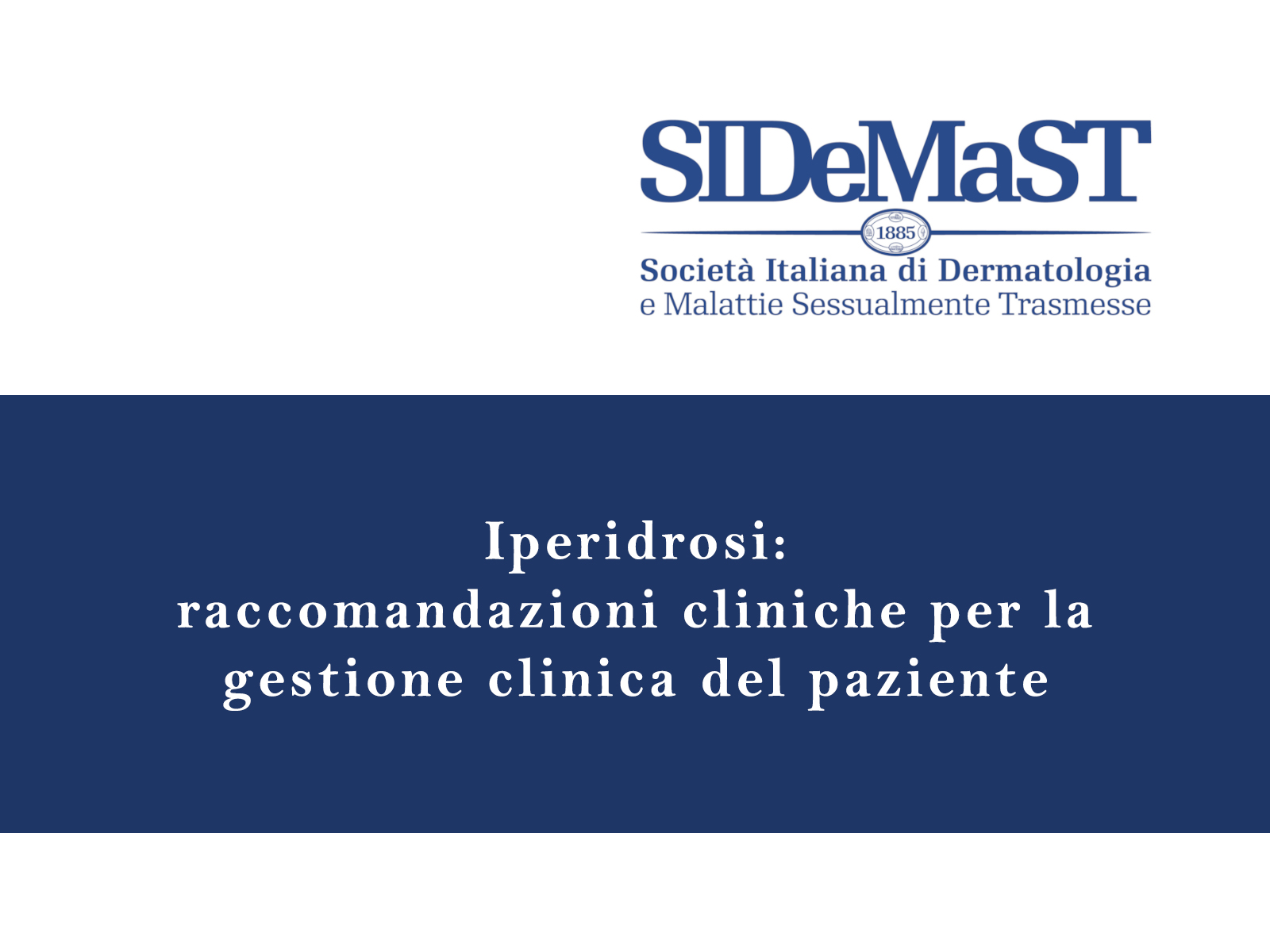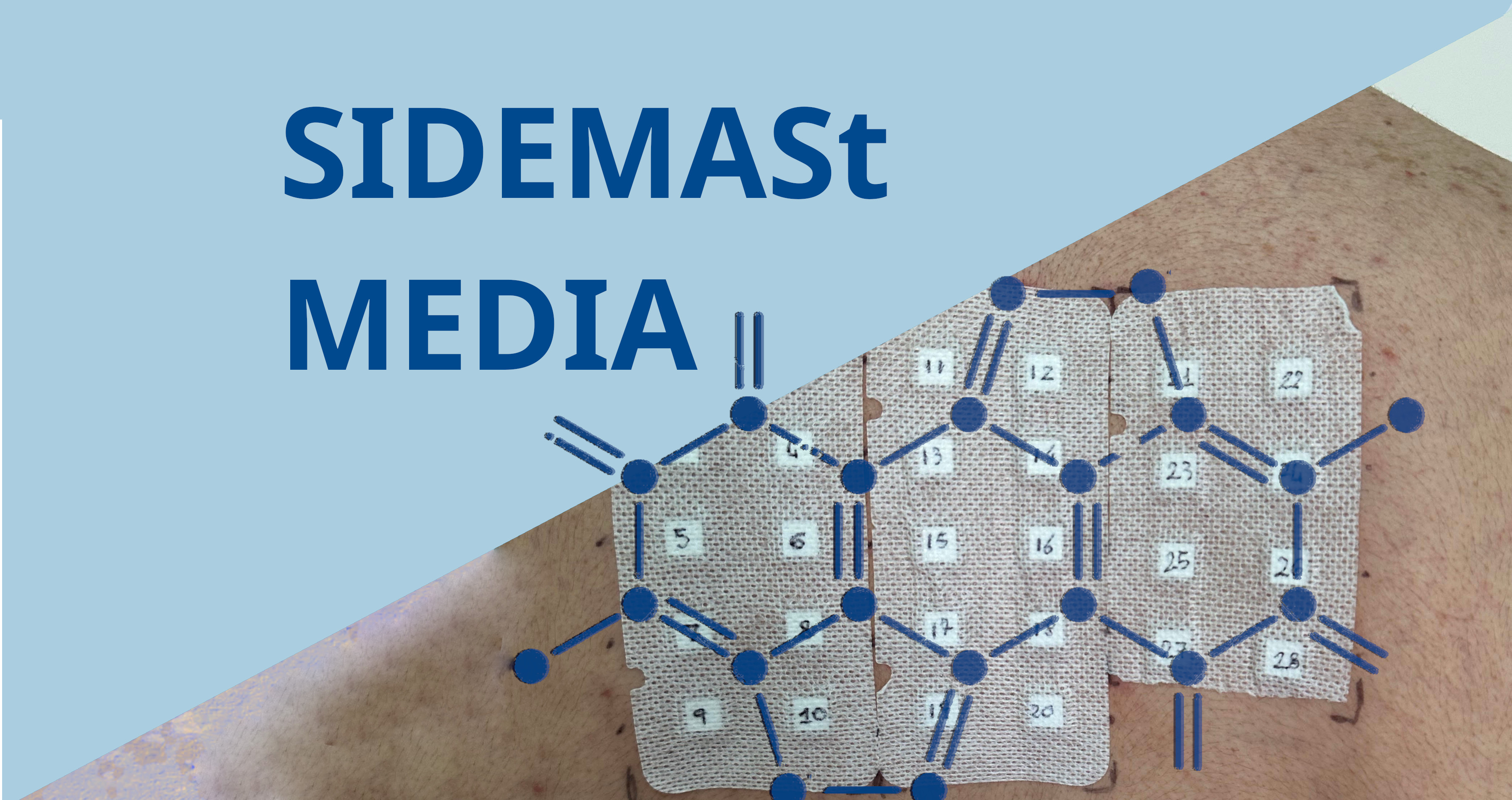Melanoma-free survival is not affected by the time interval between excision of the primary melanoma lesion and sentinel-node biopsy, according to findings from a retrospective analysis presented today at the 34th Congress of the European Society of Surgical Oncology (ESSO).
"Current guidelines call for sentinel-node biopsy when the melanoma lesion has a Breslow thickness of 1 mm or larger and set the interval at 6 weeks or less," stated Charlotte Oude Ophuis, MD, PhD student, Erasmus Medical College, Rotterdam, The Netherlands, citing 1 previous report suggesting that a time interval of less than 3 weeks is associated with poorer outcome.
Dr. Oude Ophuis and colleagues analysed data from 928 patients with a positive sentinel-node diagnosis recoded in any of the 9 participating European Organization for Research and Treatment of Cancer Melanoma Group Centers who also had primary excision-date records.
The primary melanoma lesions showed an overall median Breslow thickness of 3.00 mm, and 44% of lesions were ulcerated.
The median patient follow-up was 36 months (range, 1 to 162 months). Median interval between primary excision of the melanoma lesion and sentinel node biopsy was 37 days (5.3 weeks), and 26% of patients had an interval of 8 weeks or more.
The analysis demonstrated that patients undergoing sentinel-node biopsy with an interval of 2 weeks or less between the initial excision and sentinel-node biopsy had a poorer melanoma specific survival (MSS) outcome. The MSS in patients having sentinel-node biopsy within 2 weeks was 66% compared with 70% in patients having sentinel-node biopsy after an interval longer than 2 weeks (hazard ratio [HR] 0.74; 95% confidence interval [CI] 0.56 to 0.98; P = .036).
A 3-week cut-off value was selected that showed the MSS rate was 66% for patients undergoing sentinel-node biopsy within 3 weeks compared with 71% for patients having sentinel-node biopsy at an interval of 3 weeks or more (HR 0.74; 95% CI, 0.56 to 0.96; P = .025). Using a cut-off of a 6-week interval showed no significant differences in MSS (P = .123).
Taken at face value, these data suggested that the interval between primary excision and sentinel-node biopsy was a factor in MSS. Multivariate analysis, however, uncovered 2 confounders. Patients who had primary excision and sentinel-node biopsy within 3 weeks had lesions with a greater median Breslow thickness of 3.75 mm, and ulceration was present in 56% of patients, whereas patients with a time interval between the 2 procedures longer than 3 weeks had lesions with median Breslow thickness of 2.60 mm, and lesion ulceration was present in just 39% of patients.
Multivariate analysis did not confirm time interval between primary excision and sentinel-node biopsy as an independent prognostic factor for MSS. Instead, Breslow thickness greater than 4 versus 2 mm (P< .001) and the presence of ulceration more than 50% versus 30% (P = .001) were confirmed as predictors for poorer MSS.
"In our institution, it is recommended to perform sentinel-node biopsy within 6 weeks of the primary excision, based on relieving patient anxiety; but we try to demonstrate that waiting will not influence the outcome," commented Dr. Oude Ophuis.









